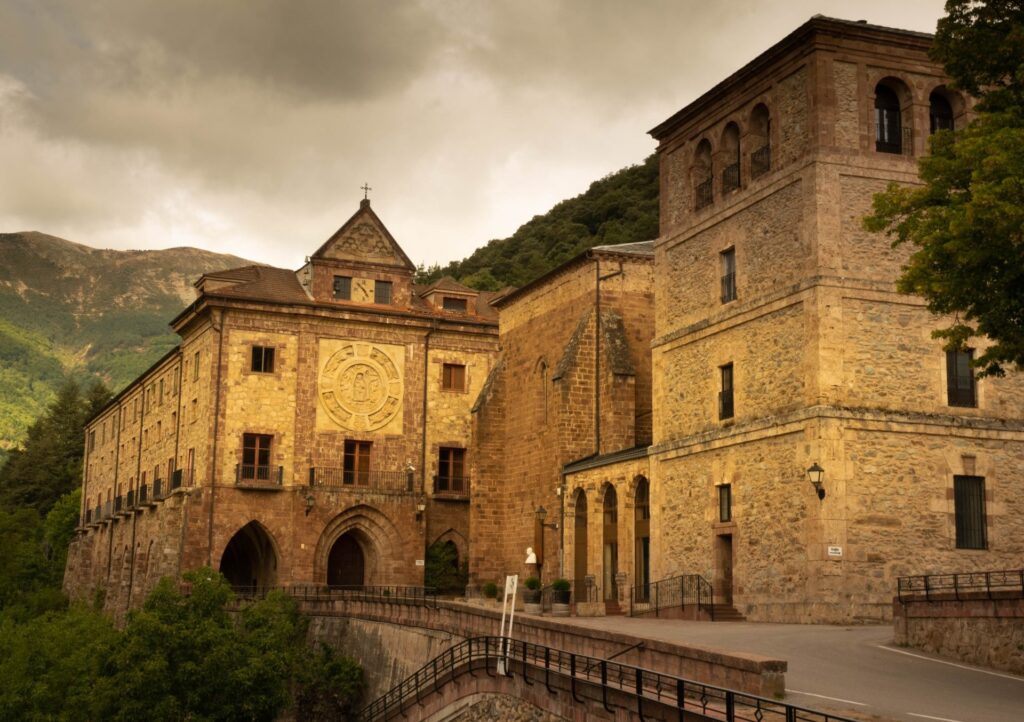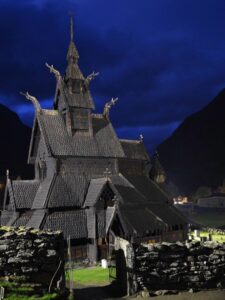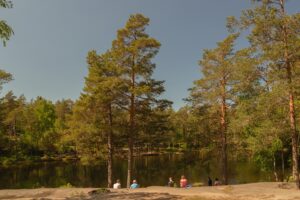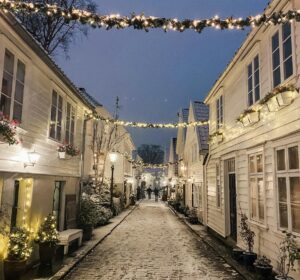San Millán de la Cogolla: Cradle of the Spanish Language
Nestled in the serene valley of the Sierra de la Demanda in La Rioja, Spain, San Millán de la Cogolla is a small village with a monumental legacy. Known as the birthplace of the Spanish language, this UNESCO World Heritage site is home to the Yuso and Suso Monasteries, where the first written words in Spanish and Basque were discovered. A visit here is not just a journey through stunning landscapes but also a walk through the pages of history.
What to See
The main attractions in San Millán de la Cogolla are the Yuso and Suso Monasteries. The Suso Monastery, perched on a hillside, is the older of the two and dates back to the 6th century. It is here that the Glosas Emilianenses, the first written examples of the Spanish language, were found. The monastery’s architecture is a blend of Visigothic, Mozarabic, and Romanesque styles, offering a unique glimpse into the past.
The Yuso Monastery, located in the valley below, was built in the 11th century and expanded in the 16th and 17th centuries. It is larger and more ornate, featuring a stunning Baroque altarpiece and a library housing ancient manuscripts. The sacristy, with its intricate woodwork and paintings, is a highlight for many visitors.
A Bit of History and Interesting Facts
San Millán de la Cogolla’s history is deeply intertwined with the development of the Spanish language. The Glosas Emilianenses, annotations written in the margins of Latin religious texts, are considered the first written evidence of the Spanish and Basque languages. These annotations were made by monks in the Suso Monastery around the 10th century.
The village is named after Saint Millán, a hermit who lived in the area during the 6th century. His life and miracles are chronicled in the Codex Emilianensis, a manuscript that remains in the Yuso Monastery’s library.
An interesting fact about the Yuso Monastery is its collection of relics, including those of Saint Millán himself. The monastery also houses a unique collection of ivory chests, which are considered some of the finest examples of medieval ivory carving in Europe.
Getting There and Tips for First-Time Visitors
San Millán de la Cogolla is accessible by car from major cities in Spain. From Logroño, the capital of La Rioja, it is about an hour’s drive. Public transportation options are limited, so renting a car is recommended for those who wish to explore the area at their own pace.
For first-time visitors, it’s important to note that guided tours are available for both monasteries, and they are highly recommended to fully appreciate the historical and cultural significance of the site. The tours are usually conducted in Spanish, but English-speaking guides can be arranged in advance.
The village itself is small and charming, with a few local restaurants offering traditional Riojan cuisine. It’s a good idea to check the opening hours of the monasteries and plan your visit accordingly, as they can vary depending on the season.
San Millán de la Cogolla is not just a destination for history buffs; it’s a place where the past and present coexist harmoniously, offering a unique experience for all who visit.








